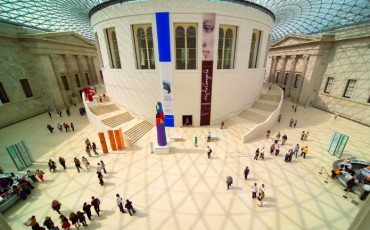Blog
Blog Posts
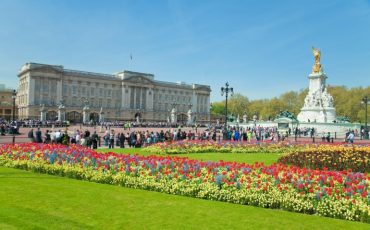
10 Royal Palaces & Homes In London
Six buildings in central London are royal palaces – but only three of these (Buckingham Palace, Kensington Palace, and Saint James’s Palace ) are still used as homes by members of the royal family. In addition, Clarence House is a royal home but not a royal palace. Three older palaces (Placentia Palace, Richmond Palace, and Nonsuch Palace) on the outskirts of London have now vanished except for memorial plaques while Windsor Castle, Hampton Court, and Kew Palace are intact and open to visitors. Windsor is the royal family’s oldest home, and where Saint George’s Chapel is the final resting place of many monarchs, including the late Queen Elizabeth I.
Read more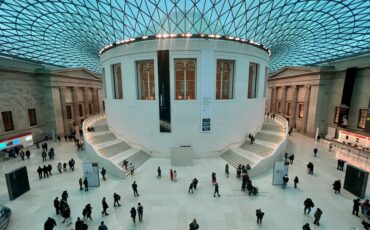
Top 10 Objects To Surprise You At The British Museum
The British Museum is the most visited museum in London. Visitors from all over the world are drawn to the museum to see with their own eyes world-famous artefacts, such as the Rosetta Stone or the Parthenon frieze, artefacts that might have only be seen in school or art books. They also come to experience other cultures, because after all the British Museum is the museum of the world for the world. But for the discerning visitor a scratch beneath the surface of all the “celebrity” objects can reveal some real surprises. Here is my list of such surprises.
Read more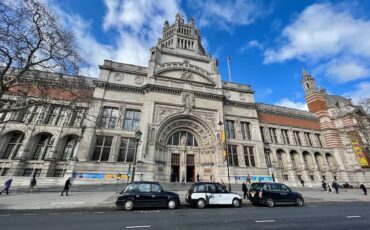
The Birth of London’s Museum Quarter in South Kensington
South Kensington in London is synonymous with museums. Three of our best known national museums can be found here: the Natural History Museum, the Science Museum and the Victoria & Albert Museum, known affectionately to many as The V&A.
Read more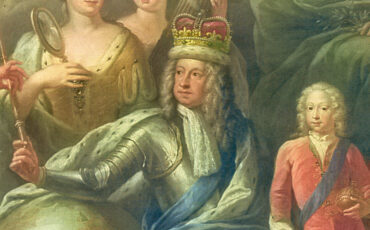
13 British Monarchs: From Queen Anne to King Charles III
The British Royal Family can trace their lineage right back to Cerdic of Wessex (519-534), founder and first king of Saxon Wessex, which is not bad for a family tree. As with all royal families, they inter-married with other European Royals over the years, and many fought and died to retain the English crown (merged with the Scottish crown on the ascent to the throne in 1603 of James VI of Scotland as James I of England).
Read more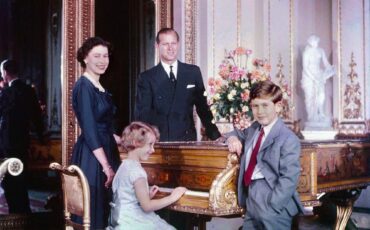
10 Facts about King Charles III
At 73, King Charles III is the oldest person to have ascended to the throne of the United Kingdom. Charles, named Charles Philip Arthur George at birth, was born at Buckingham Palace in 1948. He was the first child of the late Queen Elizabeth II and her husband Prince Philip, who were married for seventy-four years and are buried next to each other inside Saint George’s Chapel, Windsor Castle. Below are ten facts about King Charles III.
Read more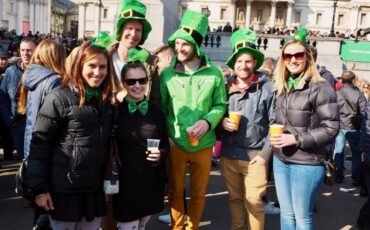
Celebrating St Patrick’s Day in London
The celebration of St Patrick’s Day in London and the contribution of the Irish community to London may seem a fairly recent phenomenon this year marking the twentieth anniversary of the Mayor of London’s celebrations. However, we have a report of celebrations on St Patrick’s day in the capital going back to 1713 when Jonathan Swift recalled seeing “the Mall so full of crosses that I thought the whole world was Irish.” The Shamrock has replaced the cross, but on March 17, the whole world will be Irish.
Read more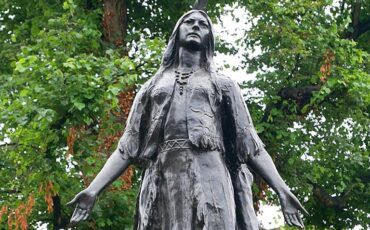
Pocahontas in London: Tracing the Footsteps of a Native American Princess
Most people have heard of the native American princess known as Pocahontas, but not many know that she became a Christian, married an Englishman, and came to London as a young bride and mother. Sadly, she never made it home to America and is buried in the town of Gravesend in Kent, having died in 1617 at the start of her journey homewards.
Read more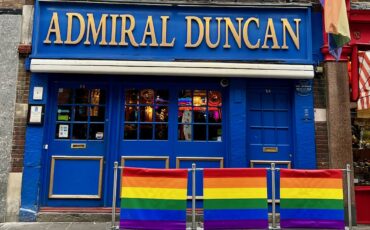
Queer Venues in London – Popular LGBTQ+ Bars, Clubs & Pubs
There is a vast array of Queer spaces and venues in London. Some of my absolute favourites have been closed and shut down, like Astoria, Candy Bar, the Black Cap, and Popstarz as the London streets are revamped and regenerated. While there are many more old, new closed and open, those listed below are some of my personal favourites. They have been collected from my experiences and memories made at each of these locations.
Read more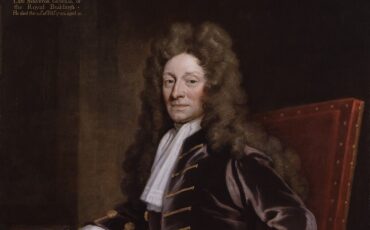
Sir Christopher Wren – London’s Greatest Architect
Christopher Wren is undoubtedly London’s greatest architect. He rebuilt London and its great cathedral, Saint Paul’s, after the Great Fire in 1666, which burned down much of the old city. Yet, you will never see a statue, monument, or even a memorial plaque to him anywhere in the capital. Why? Because his epitaph at Saint Paul’s Cathedral says, ‘Lector, si monumentum requiris, circumspice.’ Translated from the original Latin, this means, ‘Reader if you wish to see his memorial, look around you.’ It is a wonderful epitaph for an architect: just look at what he created for his memorial.
Read more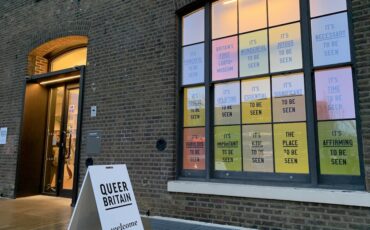
Queer Britain: the UK’s First LGBTQ+ Museum
In May 2021, the UK’s first museum dedicated to LGBTQ+ (lesbian, gay, bi, trans, queer) history and culture opened in King’s Cross. Queer Britain is located at 2 Granary Square in London and joins destinations including Berlin, San Francisco, and Fort Lauderdale in having a permanent queer museum space.
Read more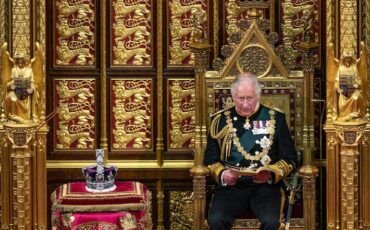
A Royal Tradition: The Coronation of British Monarchs
William the Conqueror was crowned King of England on Christmas Day 1066 after his defeat of the last Anglo-Saxon king Harold at the Battle of Hastings, the last successful invasion of Britain by a foreign power. Since then, every British monarch has been crowned at Westminster Abbey, with two exceptions, who were both named Edward – Edward the Eighth and Edward the Fifth.
Read more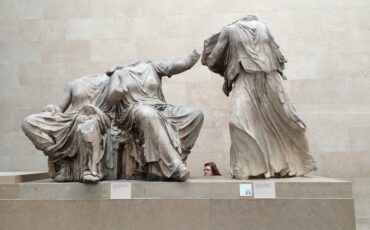
Should The British Museum Return the Parthenon Marbles to Greece?
In 1799 Thomas Bruce, the Seventh Earl of Elgin, was appointed ambassador by the British government to the Ottoman Court of Turkey, which at that time ruled Greece. Within twenty years of his appointment many of the carvings from the Parthenon, the Temple of the goddess Athena, were transported to London. These used to be referred to as the Elgin Marbles but are now normally called the Parthenon Marbles in honour of where they came from and not who was responsible for bringing them to London. The marbles can be seen in the Duveen Gallery of the British Museum, which has been open since 1962.
Read more


